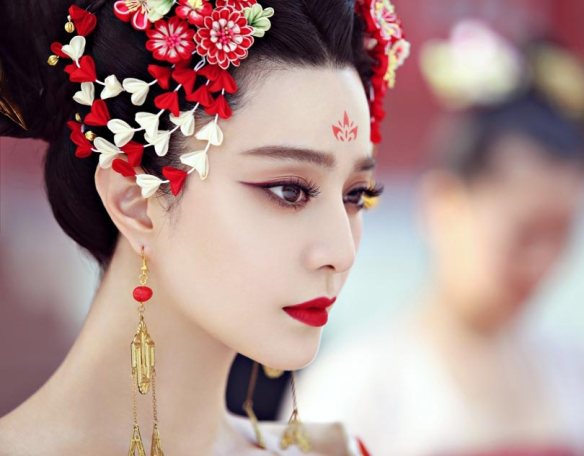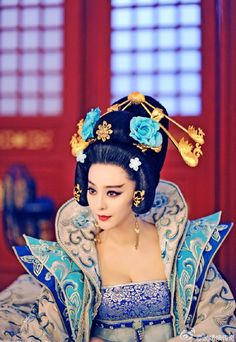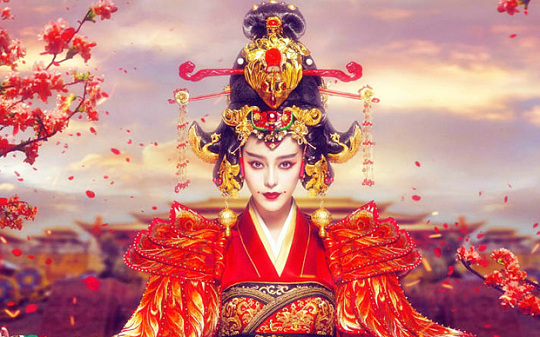 The story behind one of Finland’s most famous paintings.
The story behind one of Finland’s most famous paintings.
A girl in a white dress is running along the sea shore, attacked by a two-headed eagle. At least, that is what Eetu Isto’s 1899 painting The Attack (Hyökkays) looks like at first glance. Unsurprisingly, this work of Finnish national romanticism comes loaded with heavy-handed symbolism, tied up in the struggles of the people of Finland to free themselves from their Russian overlords.
The girl in question is The Maid of Finland, a female shape suggested by the outline of Finland itself on maps – a girl with a billowing skirt. She is not merely wearing a white dress, but also a blue sash, foreshadowing the Finnish flag. The crest of Finland can be seen on her buckle. The two-headed eagle (Russia, of course) is not actually attacking her, but a hefty book of laws in her hands, symbolising the continuous assault on Finnish freedoms in the 1890s. For nearly a century, the Russian tsars had allowed the grand duchy of Finland relative autonomy; but now Nicholas II seemed intend of stripping Finns of their language, their money and their postal service, along with other rights.
Eino Parmanen, who chronicled the rise of the Finnish nation in his four-volume epic The Book of the Struggles (Taistelujen Kirja), identified a number of subtler cues in the painting. The Maid of Finland is not scared, but shows a demeanour of grim resolve. A lantern of “sacrifice” lies broken on the ground, its flame still sputtering with the fires of resistance. On the horizon, there is a faint glimmer of dawn, in spite of the stormy skies.
 Eetu Isto (1865-1905) was the youngest of five children, and the only one to attend the newly founded Rauma grammar school near his parents’ farm. After demonstrating an aptitude for art with sketches of the local church, he drifted into a career as a painter and decorator in Helsinki. In 1895, just as the Russian authorities were clamping down on Finnish nationalism, he received a grant to study in Berlin. The money soon ran out, but he spent another four years there, struggling to get recognition as an artist, while working part-time at a menial clerking job. The Attack was the culmination of Isto’s Berlin work, although true to Finnish nationalist fervour, legend has it that he refused to make the finishing touches to the painting until he had brought it back to the land that birthed him.
Eetu Isto (1865-1905) was the youngest of five children, and the only one to attend the newly founded Rauma grammar school near his parents’ farm. After demonstrating an aptitude for art with sketches of the local church, he drifted into a career as a painter and decorator in Helsinki. In 1895, just as the Russian authorities were clamping down on Finnish nationalism, he received a grant to study in Berlin. The money soon ran out, but he spent another four years there, struggling to get recognition as an artist, while working part-time at a menial clerking job. The Attack was the culmination of Isto’s Berlin work, although true to Finnish nationalist fervour, legend has it that he refused to make the finishing touches to the painting until he had brought it back to the land that birthed him.
At the time, the picture still didn’t have a name. It was hung in a house in Kaivopuisto, Helsinki, and shown only to an audience of invited revolutionaries. “The observers,” wrote Eino Parmanen, “stood amazed and in deep affection, many even with tears in their eyes.” Isto solicited suggestions for the title in the visitors’ book, where also-rans included Fantasy, Allegory and Battle, before The Attack was suggested by a friend’s wife.
Would-be revolutionaries with an eye on the picture’s propaganda value were already determined to make copies. It was photographed, and the negatives were used to etch copper plates for heliogravure printing. But the police had already uncovered rumours of an anti-Russian art exhibition somewhere in the city, and Isto was forced to flee his Kaivopuisto hideaway, grabbing the two-metre-high portrait and escaping through the window of the house, running for the docks and safety in Sweden. Copies of the painting, however, were soon in production, trickling in to Finland from printers in both Stockholm and Berlin, including 10,000 smuggled into the country in heavy boxes marked “anatomical preparations”. A policeman actually stopped one crate on the dockside at Turku, demanding to know what could be in such a large and heavy box. He was assured by some nearby students that it contained geological samples. Several other shipments came in along the Finnish smugglers’ coast, where the thousands of islands and inlets afforded local fishermen with multiple opportunities to dodge Russian customs vessels and police inspections. The Attack also spread among American Finns in a postcard format, and somehow made it into Russia itself by 1903, when unknown sympathisers were said to be distributing a version the size of a postage stamp, for secretive supporters to cherish in their pockets.
The original Attack’s seditious status made it impossible for Isto to actually sell. He made 6000 marks by selling 20-mark lottery tickets with the painting as the prize, but the eventual winner, a Helsinki housewife, was so terrified of being caught with it that she sold it back to him. Several of Isto’s other paintings were also subject to censure, not because of his identity as the artist, but because the circles in which he moved tended to be crowded with dissidents, who were themselves often subject to purges. On a visit to Siberia in 1902 to visit a vicar friend administering to Finnish exiles, Isto contracted typhoid fever. His health never quite recovered, and he died in 1905 from pneumonia, shortly before his 40th birthday.
After the Finnish revolution, The Attack ended up in the hands of one Niilo Helander of Heinola, whose widow eventually donated it to the National Museum in Helsinki, where it hangs today.
Jonathan Clements is the author of A Short History of Finland, available now in print and on the Kindle.




